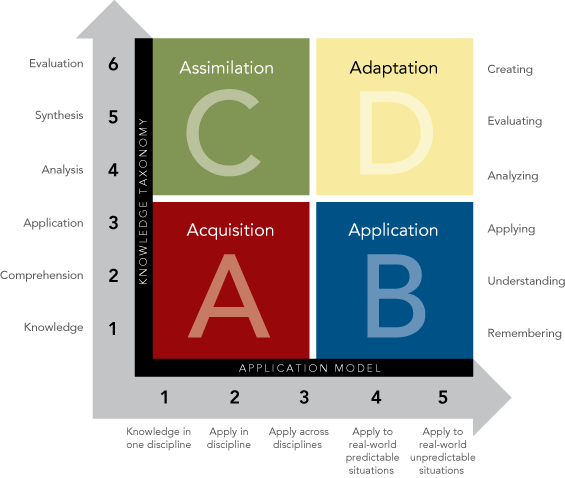Vision
PBL Math aims to make learning an enjoyable activity where students can see how different disciplines are interconnected and the tangible results from engaging with their learning are reflections of the real world.
~Why Project-Based Learning (or Problem-Based Learning)?
- It's fun to see how disciplines are interrelated.
- The end products are unique to each student.
- There is a significant increase in student engagement.
- If designed correctly, students will have improved knowledge and retention of skills.
- Students develop a sense of agency when they have autonomy to express themselves through their ideas and learning.
- Students learn long-term planning as they organize and execute their ideas over weeks or months.
- PBL allows students to see that the correct answer depends on many things that go into a project. While the outcome of their project is different than everyone else's, it is just a "different version of correct."
- Bottom line, it's the best thing for the students!
Myths about PBL
No. Like anything else in education, the initial process always takes time. It still takes time to create a worksheet (unless you're using pre-made worksheets). If you're a teacher who wants a curriculum handed to you at the beginning of the year, want to invest no thought process in anything you give to your students, and follow a pre-made pacing guide, a PBL curriculum is not for you. However, if you want an exciting career in education and happy students, then you'll have to be willing to put in the initial work.
It can take a lot time to design a well-thought out project. But once it has been created, it only takes a few hours to improve and tweak each year. That's why this site is created for you; you can improve on or tweak any project you see here to your liking!
It can take a lot time to design a well-thought out project. But once it has been created, it only takes a few hours to improve and tweak each year. That's why this site is created for you; you can improve on or tweak any project you see here to your liking!
Yes and no. There is the conceptual side to a project where students can still engage and create wonderful digital projects. Then, there are "tangible" projects, which will require some money. Projects can range anywhere from $10 to $1000s. Start small to get the hang of doing projects. Then build up to the bigger ones. Look for teacher grants that are all over the internet.
No. Projects should be done in stages using a design cycle. You should actually build an education culture that values the process over the end product. In fact, a final exhibition should always include a binder/folder showing the process, demonstrating how the math is constantly and consistently applied to create the product. If you grade as you go throughout a project (such as work, drafts, etc), you'll have less to grade in the end. If you use technology correctly, it can do some of the "grading" for you. The joy of seeing unique individualized projects outweighs the quickly and mundane process of grading boring worksheets.
No. If projects are well designed and incorporate a level of "practice" embedded into the project, it is the equivalent of assigning traditional homework each night. In fact, some projects allows students to practice even more than what would have been assigned through traditional homework. In addition, the extra layer of contextualized practice reinforces knowledge and skills, thus leading to better retention. There is data to support that PBL is even better for long-term memory than traditional teaching and learning.
No. Good teaching should include multiple pedagogies throughout the year. On some days, you can teach the necessary math skills in a very traditional manner. On other days, you can have an inquiry approach to learning. Your project should allow for multiple methods and approaches to teaching and learning.
Different types of information and learning requires different pedagogy. Learning to choose the right one is a matter of experience, collaboration, and professional development.
Different types of information and learning requires different pedagogy. Learning to choose the right one is a matter of experience, collaboration, and professional development.
